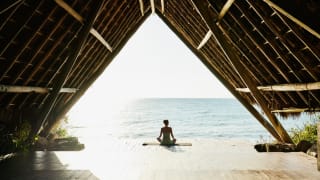What makes a healthy place?
In 2022, we embarked on an ambitious, global research project that took us right the way around the world. From Copenhagen and New York to the far-flung reaches of Asia and Polynesia, our strategy team travelled with a singular question in mind: what makes a great place?
It's great to see that you're enjoying our content.
You've already read one article this month. Please sign in or create an account to continue reading - it's completely free and will only take a minute!
Thank you for using City Nation Place!
To access please sign in








